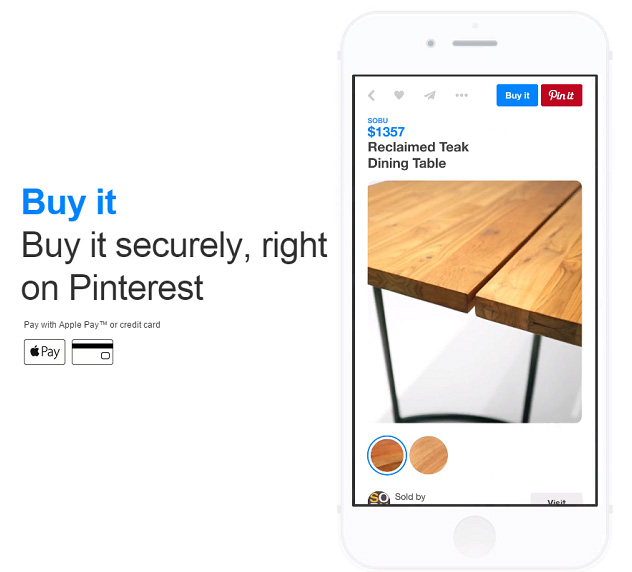It all seems simple. If you’re selling teddy bears then your target audience should be parents. Anyone in business however, can tell you that identifying and reaching an audience isn’t nearly so simple.
Instead, the process is a complex combination of intense engrossment, analytical skills, tons of research/resources and limitless creativity. Those teddy bears you’re selling? Sure, some parents will buy them but how do you find those particular parents or rather, how do they find you? And why only parents? Aren’t teddy bears also a popular ‘sweethearts’ or Get Well Soon gift?
Seasoned marketing professionals understand that for every product and service, there are a myriad of potential consumers and an even larger variety of mediums to capture a customer’s business. The challenge lies in selecting the right audience(s), choosing the right mediums and creating the perfect campaign.
Much of what we know about reaching consumers is already online. To choose your audience, you should think about who needs what you’re selling and then, to engage that audience, you should immerse yourself in their social networks and create strategic partnerships with well-known brands. The steps and strategies are well known and most of the time, they are adhered to.
Sometimes though, marketing teams lose sight of perhaps the most principle factor in audience engagement. Relatability. Consider for example, the “Hotness Comes in all Sizes” campaign released by Levi’s a few years back. The jean brand decided to create a line of clothing specifically meant to target ‘curvy’ body types but when the ads were released, they very notably lacked any depiction of curvy women, instead offering up an array of size 2 models. The campaign of course wound up drawing intense criticism, much of which came directly from the audience they were hoping to capture. Quite simply, Levi’s failed to relate to their audience and as a result, failed to capture their business.
In another classic marketing gaffe, Huggies diapers released a well-intentioned but ultimately insulting campaign that portrayed dads as incompetent when facing simple parenting tasks, like changing diapers. Though statistics show that mothers are the primary baby-supply consumers, Huggies may have failed to remember one thing. Moms are only one half of the parenting equation and an upset dad can easily change a family’s brand allegiance.
In both situations, the marketing teams failed to consider the feelings and thoughts of their target audience. Of course, not all marketing fails will lead to so intense a backlash and insulting the customer rather than attracting them should be a supremely rare phenomenon. Still, failing to relate to your desired audience is a sure-fire way to lose money, effort and brand relevancy.
Who is your target audience? Are you truly getting through to them or are your efforts in vain? Children will not be interested in a black & white photo book no matter how amazing the imagery, just like teenagers won’t be choosing organic kale juice over sugary soda anytime soon.
Everyday we’re surrounded by marketing that is less than what it could be. An ad on the train that makes you scratch your head, a television commercial for something you should want but is portrayed entirely wrong. We’ve all seen them.
And then, there are the good ones. A one-liner that makes you laugh, or a restaurant’s website that seduces you with stunning photos. Those are the winning campaigns, because they’ve done their job by creating something you-their target audience- can connect with and relate to.
To connect with someone, you must first relate or empathize with them. Keeping this knowledge at the forefront of your marketing strategy is the first and arguably most important step in connecting with and engaging your intended audience.





Tell us your thoughts in the comments